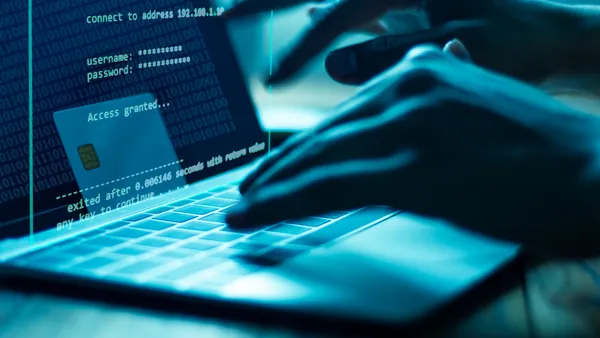Dive Brief:
- Regulators at the California Public Utilities Commission (CPUC) voiced "deep concern" over Southern California Edison's (SCE) deployment of wildfire-related power shut-offs during the 2020 wildfire season, at a public meeting on Tuesday.
- Concerns included a lack of transparency around SCE's public safety power shut-off (PSPS) decision-making processes, the utility's coordination with state and local government entities, as well as coordination with customers who are dependent on electricity to power medical devices.
- The shut-offs that occured last year were difficult for customers, SCE President and CEO Kevin Payne acknowledged at the meeting. "[W]e also know there's more we can do to help our customers understand the need for these measures, how we make our PSPS decisions and how we will support them during future PSPS events."
Dive Insight:
California utilities have the authority to proactively de-energize their power-lines as a way to reduce the risk of wildfires in their service territories, albeit as a last resort. In 2020, wildfires burned more than 4 million acres of the state and SCE deployed 16 shut-offs between May and December, including on major holidays like Thanksgiving.
Earlier this month, CPUC President Marybel Batjer instructed executives at SCE to appear before the commission to address gaps in how the shutoffs were implemented, pointing to "numerous instances in which SCE's PSPS execution appeared tactless, and in many regards, seemed deficient in meeting the standard its customers deserve." In addition to problems with the utility's notification and communication processes, her letter raised questions about the quality of its post-event reports to regulators.
It isn't evident that SCE knew how to effectively communicate with its customers, or government entities while executing the shutoffs, Batjer said at the meeting.
"Your notifications to your customers were confusing and at times contradictory, and overall were poorly executed. These missteps cannot be repeated," she added.
Batjer pointed specifically to Thanksgiving Day, when regulators were under the understanding that the utility would begin de-energizing portions of the grid beginning 3 p.m.; however, shutoffs were initiated at 9 a.m. instead, she said.
These discrepancies were due to difficulties in predicting wind conditions and weather modelling, according to Phil Herrington, senior vice president of transmission and distribution at SCE. "But that is something we're working on as we continue to improve our weather modelling," he added.
Batjer also raised concerns about the pace at which SCE is providing vulnerable customers with backup power options, noting that the regulators have heard a lot of frustration from customers who cannot get backup batteries.
The utility saw a low rate of backup battery adoption in the beginning of 2020, and eventually managed to deploy these systems in the homes of about a third of the 2,500 customers it originally targeted, Jill Anderson, SCE's senior vice president of customer service, said. This year, it's aiming to equip between 3,000 and 4,000 customers in high fire risk areas with backup batteries.
And on issues like coordinating with state and local government officials, "we fell short of expectations in 2020," Steve Powell, executive vice president of operations at SCE, acknowledged. The utility is taking steps to improve its post-event reporting, including improving information management systems to more easily access data and ensuring more transparency around its internal assessments of wildfire risk, he added.
The regulators have instructed SCE to file a corrective action plan with the agency by Feb. 12.














